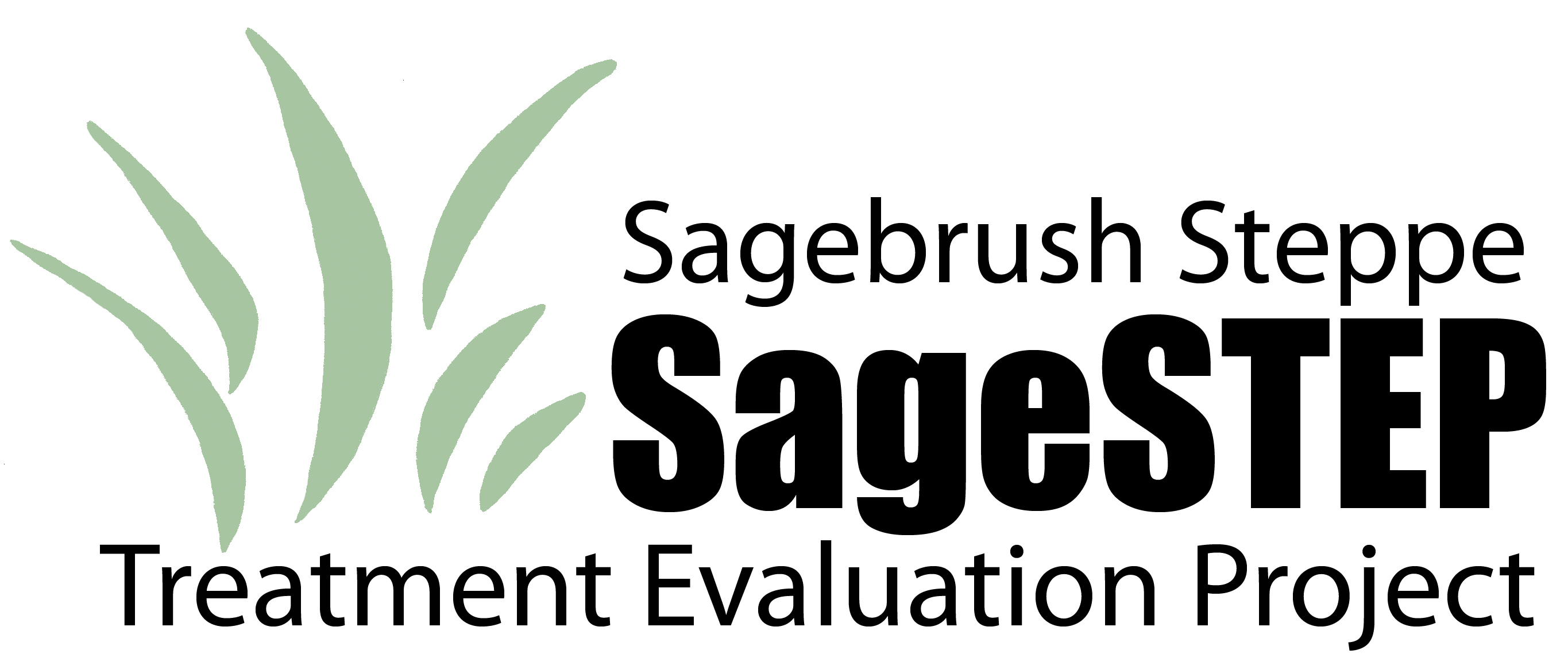Document Type
Article
Journal/Book Title/Conference
Rangeland Ecology & Management
Volume
67
Issue
5
Publisher
Society for Range Management
Publication Date
2-10-2015
First Page
522
Last Page
538
Creative Commons License

This work is licensed under a Creative Commons Attribution-Noncommercial-No Derivative Works 4.0 License.
Abstract
Land owners and managers across the western United States are increasingly searching for methods to evaluate and mitigate the effects of woodland encroachment on sagebrush steppe ecosystems. We used small-plot scale (0.5 m2) rainfall simulations and measures of vegetation, ground cover, and soils to investigate woodland response to tree removal (prescribed fire and mastication) at two late-succession woodlands. We also evaluated the effects of burning on soil water repellency and effectiveness of aggregate stability indices to detect changes in erosion potential. Plots were located in interspaces between tree and shrub canopies and on undercanopy tree and shrub microsites. Erosion from untreated interspaces in the two woodlands differed more than 6-fold, and erosion responses to prescribed burning differed by woodland site. High-intensity rainfall (102 mm · h-1) on the less erodible woodland generated amplified runoff and erosion from tree microsites postfire, but erosion (45–75 g · m-2) was minor relative to the 3–13-fold fire-induced increase in erosion on tree microsites at the highly erodible site (240–295 g · m-2). Burning the highly erodible woodland also generated a 7-fold increase in erosion from shrub microsites (220–230 g · m-2) and 280–350 g · m-2 erosion from interspaces. High levels of runoff (40–45 mm) and soil erosion (230–275 g · m-2) on unburned interspaces at the more erodible site were reduced 4–5-fold (10 mm and 50 g · m-2) by masticated tree material. The results demonstrate that similarly degraded conditions at woodland-encroached sites may elicit differing hydrologic and erosion responses to treatment and that treatment decisions should consider inherent site-specific erodibility when evaluating tree-removal alternatives. Strong soil water repellency was detected from 0 cm to 3 cm soil depth underneath unburned tree canopies at both woodlands and its strength was not altered by burning. However, fire removal of litter exacerbated repellency effects on infiltration, runoff generation, and erosion. The aggregate stability index method detected differences in relative soil stability between areas underneath trees and in the intercanopy at both sites, but failed to provide any indication of between-site differences in erodibility or the effects of burning on soil erosion potential.
Recommended Citation
Pierson, F.B., C.J. Williams, P.R. Kormos, and O.Z. Al-Hamdan. 2014. Short-term effects of tree removal on infiltration, runoff, and erosion in woodland-encroached sagebrush steppe. Rangeland Ecology and Management 67:522-538. SageSTEP Special Issue.



